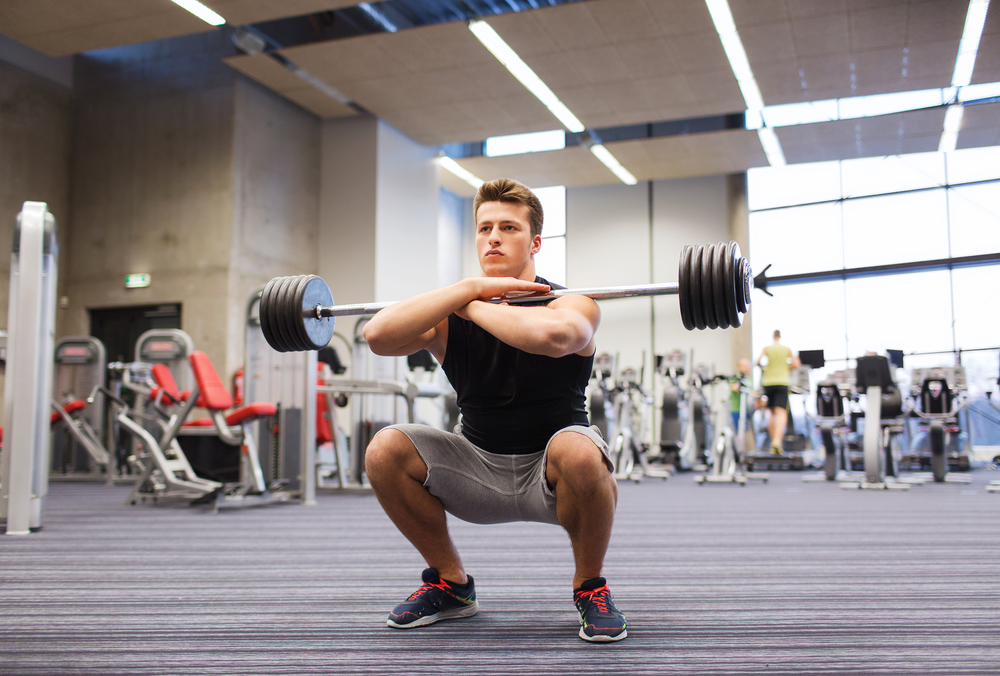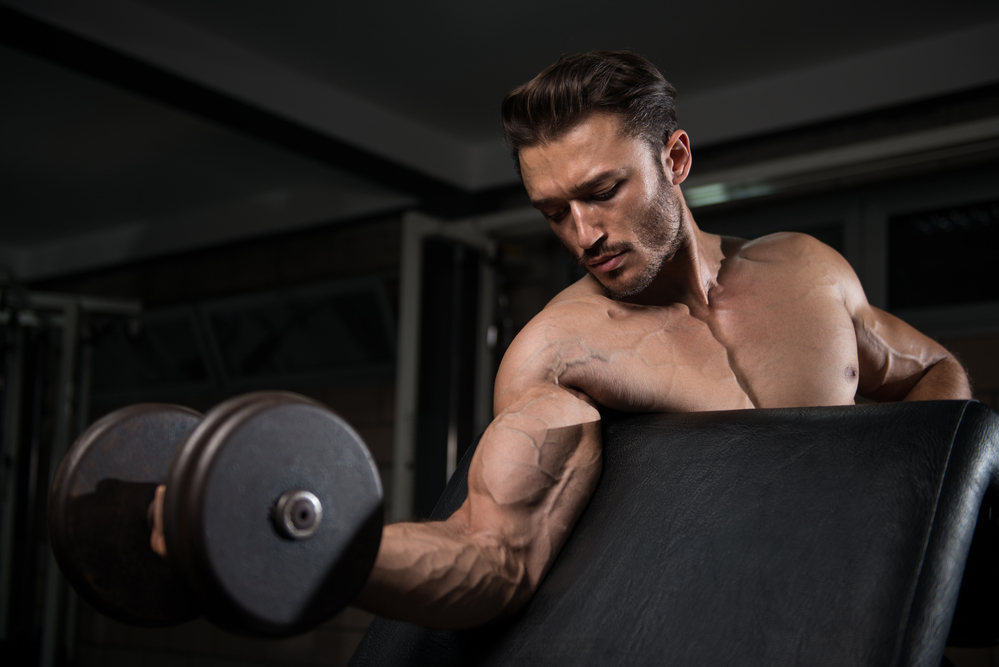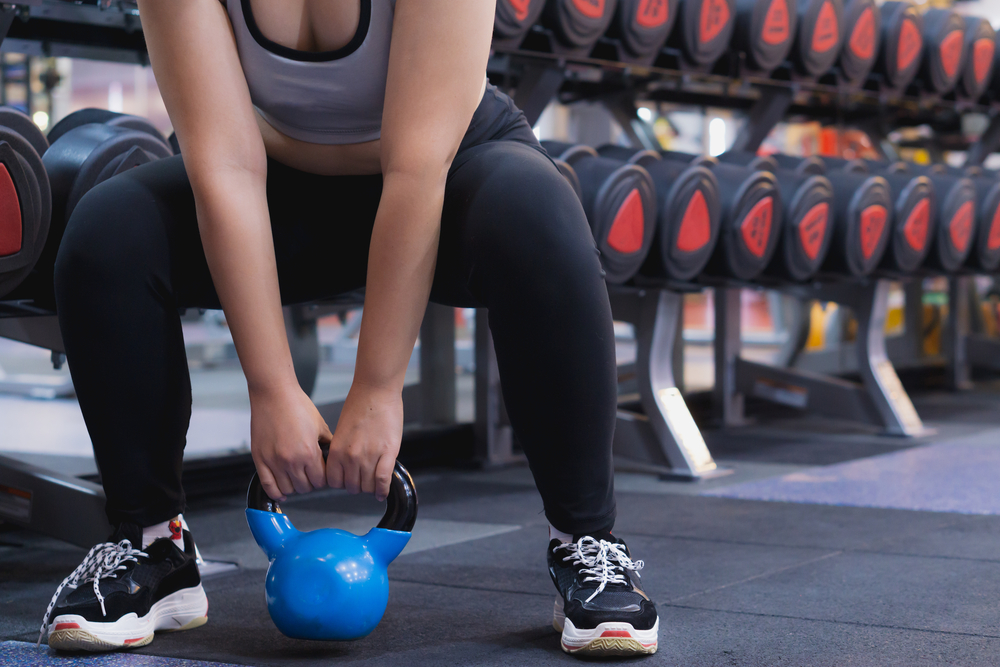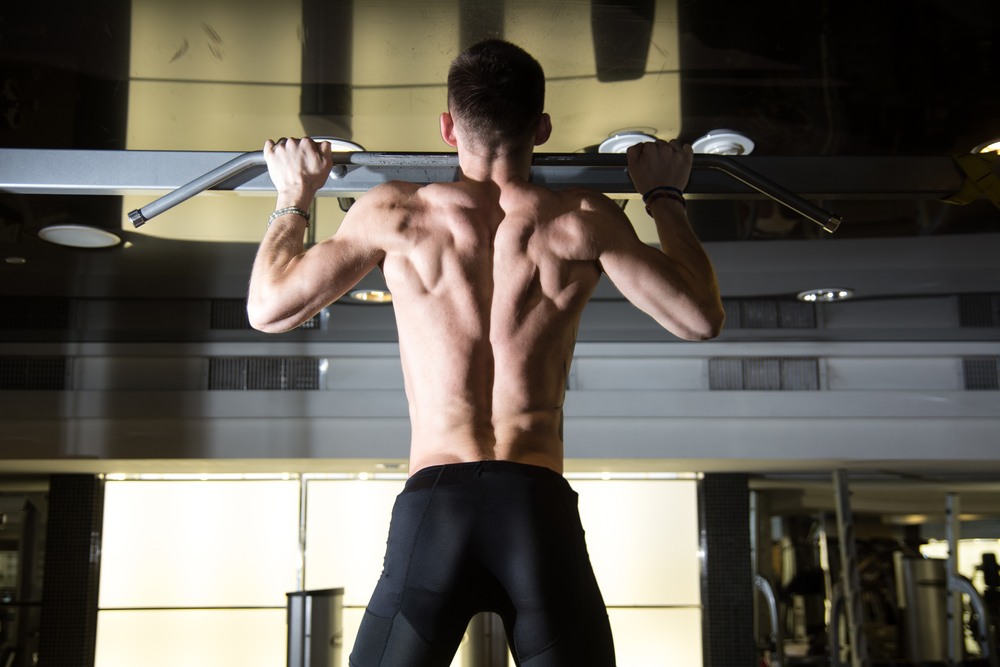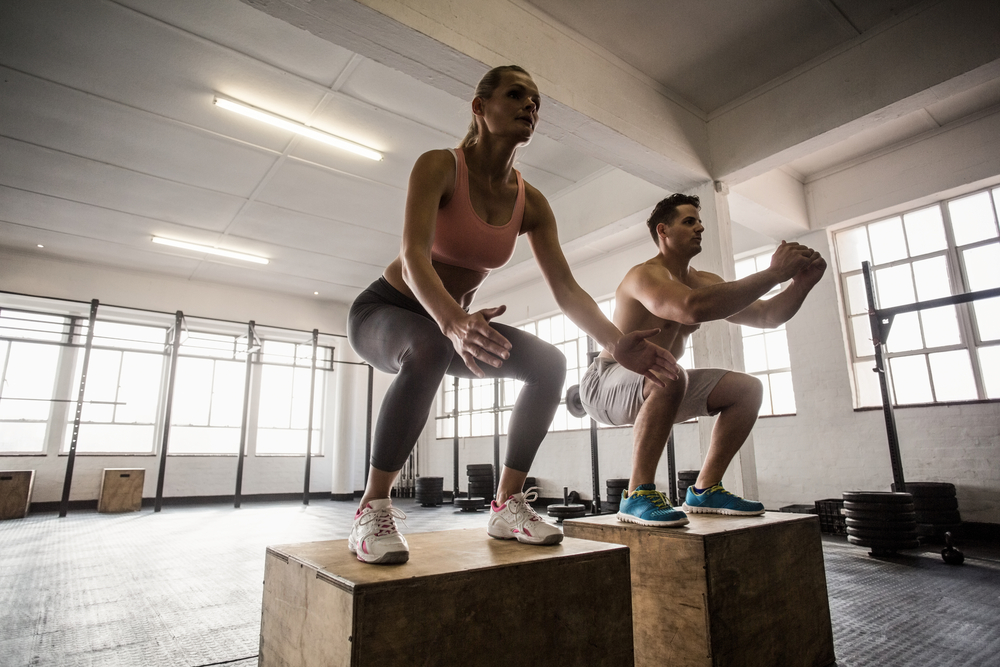
Table of Contents
This is a classic plyometric exercise, during which a powerful jump squat is performed. The so-called explosive load is created, i.e. a quick effort is made in a short time, which develops muscle strength and increases their volume.
The jumps can be done with minimal training, but do not forget to strictly control the technique and monitor your own condition. Additional equipment for the exercise in most cases will not be required unless you use an additional load.
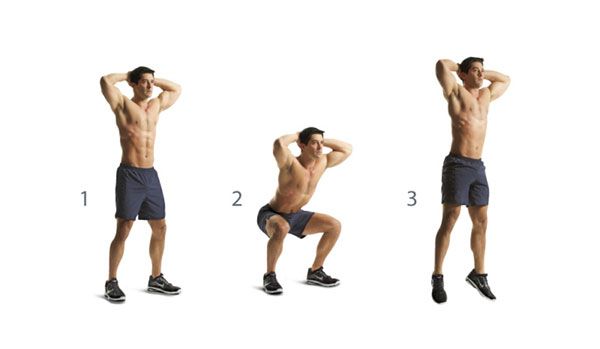
What muscles are involved?
The quadriceps muscle takes the main load. In addition, the glutes are strengthened too.
Jump squat loads the muscles of the back and lower leg muscles to a lesser extent. Additionally, abdominal muscles work, but insignificantly.
How to perform the exercise correctly?
If squat jumps are performed without weight-bearing:
It’s especially important to control the landing. Try to stand on the floor with both feet at the same time. Land on slightly bent legs (as softly as possible) and immediately go back to another squat.
It’s desirable to use soft and comfortable sports shoes designed for such training, ideally with shock-absorbing soles capable of effectively absorbing collisions. The surface for the exercise is important too. A soft surface is desirable. A concrete or asphalt surface is not the most successful option.
Using weights
Some athletes use additional weight (such as dumbbells) or complicate the task by jumping up on the springboard. However, such an option of exercise increases the risk of joint injuries. An unsuccessful landing can result in ankle damage and ligaments stretching.
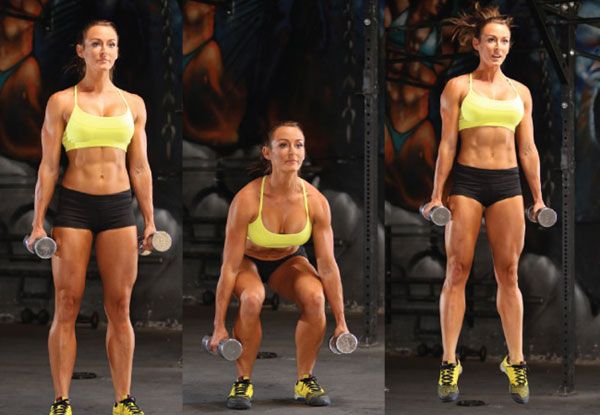
Jump squat with weights
We recommend using comfortable dumbbells if you plan to do a jump squat with weight. In this case, the technique changes slightly:
Contraindications
Jump squats are contraindicated if you have joint injuries (especially knees), back and spine problems. The presence of cardiovascular disease is also a signal, which requires special caution, and better yet, consultation with specialists (doctor and trainer).
In addition, overweight people should refrain from performing this exercise. In this case, there may be an unacceptable compression load on the spine and knee joints.
Benefits of the exercise and some additional remarks
The main positive effect is the development of “explosive” muscle strength. The workout leads to a significant expenditure of calories, so it can be used as a fat-burning exercise. The exercise also helps to increase the working weight used for leg presses or barbell squats.
Plyometric exercises are used in the professional environment, for example, in the training of soccer players, basketball players, and even in bodybuilding.
Plyometric exercises also include:
Clapping push up
Jumping rope exercise
Jumping over obstacles and hurdles, with leg presses, etc
Of course, don’t forget about a light warm-up before the start of any exercise. It should not be too intense and don’t overdo it. Otherwise, you will quickly run out of breath while jumping.
First of all, do the jump squat in a complex, aimed at your legs mainly.



